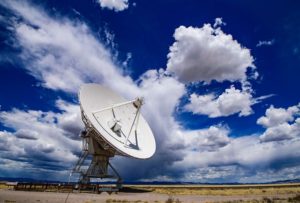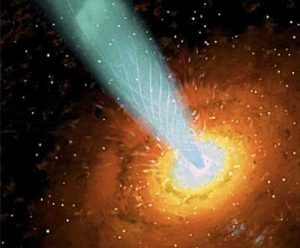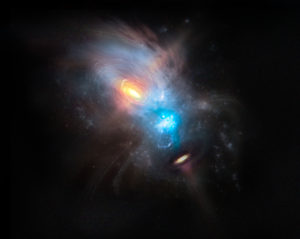As with most sightings of this nature, what you are probably seeing is likely man-made. See past posts in…
Select :
asteroid collisionasteroidsastronomical distance scalesatomsbig bangblack holesbright lights in the skybrown dwarfcareerscelestial eventschecker cabscometsconstellationscosmic distancescosmic microwave backgroundcosmic rayscosmologydark energydark matterdwarf planeteartheclipseeclipticeducationexoplanetsexpansion of the universegalaxiesgeneral relativitygravitational lensgravity wavesGreat Red SpotHoaxesHubble Space Telescope (HST)Interferometerinterferometryinterstellar moleculesionosphereJupitermagnetarsmarsmeteorsMH370milky wayMilky Way Galaxymoleculesmoonmoonsneutron starneutron starsNibirunight skyparallaxphysicsplanetsplutoproperties of lightPtolemypulsarsquasarsradar astronomyRadio Astronomyradio frequency interferenceradio interferometersradio recombination line emissionRadio TelescopeSatellite DishSchwarzschild Radiusscientific methodsearch for extraterrestrial intelligenceSETIsolar systemspace probesspacecraftstar formationstarssunsupernovasupernova remnantssupernovaetelescopestime dilationTrans Neptunian Objectstwin paradoxunexplained celestial observationsVenusVery Large ArrayVery Long Baseline Array (VLBA)Voyager 1weather

Bright Objects Near Aldebaran
It is difficult to know what the bright objects were that you noticed near Aldebaran on July 15. It…
Background Lights in Comet NEOWISE Video
If you are referring to this video posted by CBS News and created by Sean Doran, I believe what…
What Causes Stars to Repeatedly Disappear and Reappear
I believe that the answer to your question has been answered by my “twinkling stars” answer. Repeating that answer…

Possible Collision Between Asteroids?
Even though collisions between asteroids (what you have called “space rocks”) are expected to be common, they have not,…

Object Near Venus in the Sky in March 2020?
The only reasonably bright object near Venus right now is the Pleiades, but this open cluster is about 7…





